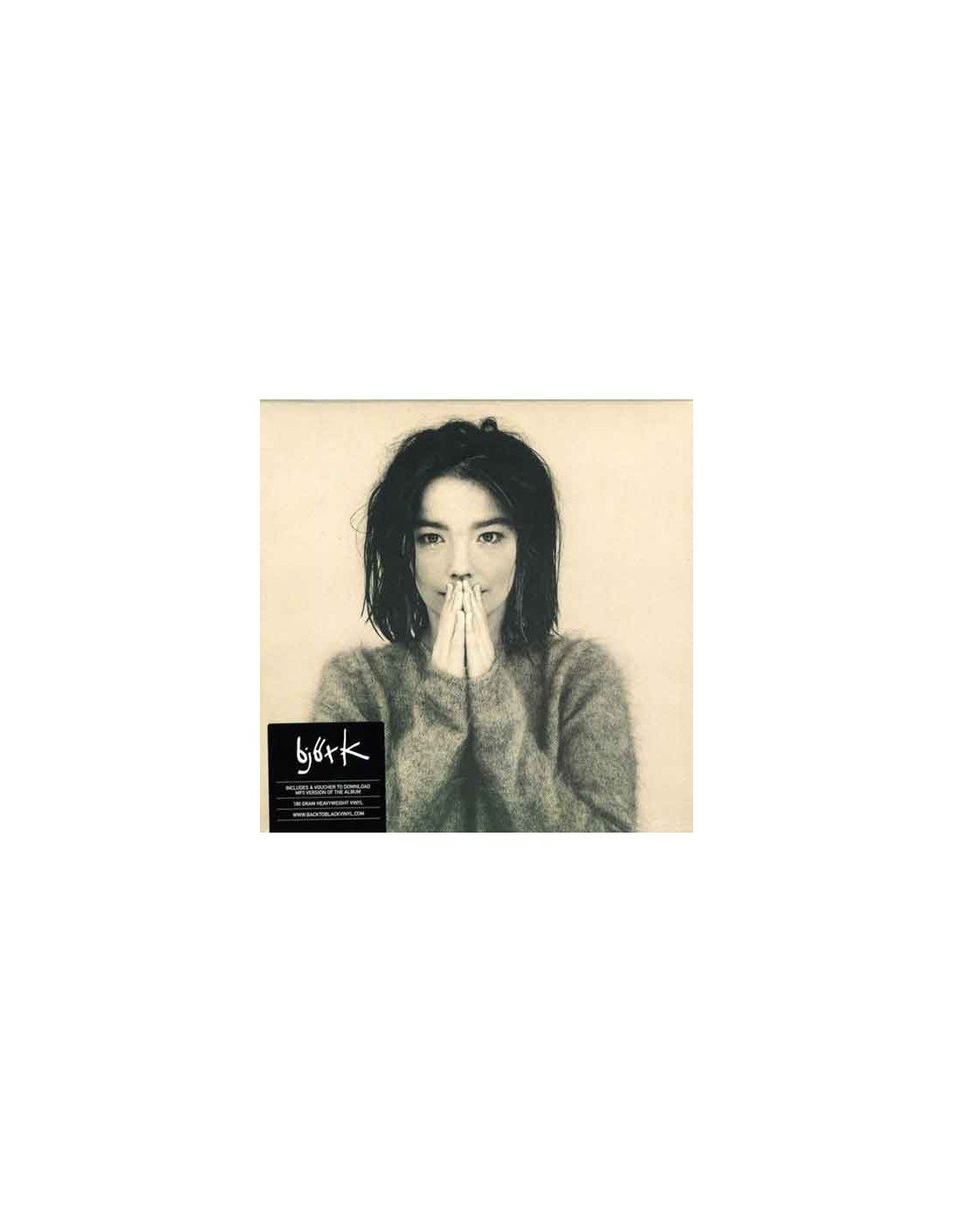

Listeners did not know what to do with this album-suddenly, the ambassador of Icelandic rock had pivoted toward house, ambient, art-pop and other left-of-center electronic impulses.

That voice surprised and delighted audiences with Debut in July 1993. These experiences brought Björk a new notoriety in the worlds of DIY and alternative music where she could flourish, inspiring her to return to her cache of diaries and self-penned songs to claim a voice fully her own. Two of her next projects turned out to be her biggest: In the mid-80s, Björk fronted KUKL, a gothic post-punk band with clear London influences who developed a cult following, and The Sugarcubes, an internationally acclaimed touring band synthesizing avant-rock, dream pop and more across three albums before disbanding in the early 1990s. She punctuated her late teens and early twenties in a variety of Icelandic projects, like Spit and Snot, Exodus and experimental punkers Tappi Tikarrass. The dissemination of punk throughout Iceland in the late 1970s and early 1980s exposed her to not only a new sound, but also a DIY mindset that Björk cites as essential to her lifestyle as a young artist. The curriculum included the works of experimentalists like John Cage, exposing the young Björk and her peers to alternative definitions of music and inviting the students to explore new sonic terrains. She spent her childhood and adolescence at Reykjavik’s Barnamúsíkskóli, a progressive music school that exposed her to both the traditional western classical canon and blossoming avant-garde traditions. The national notoriety she encountered at the tender age of 11 soured her on becoming a full-time recording soloist, but her affinity for music never waned. Ever since rising to reluctant national fame as a child singer in 1977 with a sweet little record of originals and covers called Björk, the talented vocalist has known some level of fame. Björk Guðmundsdóttir, better known mononymously as Björk, is a big deal.


 0 kommentar(er)
0 kommentar(er)
